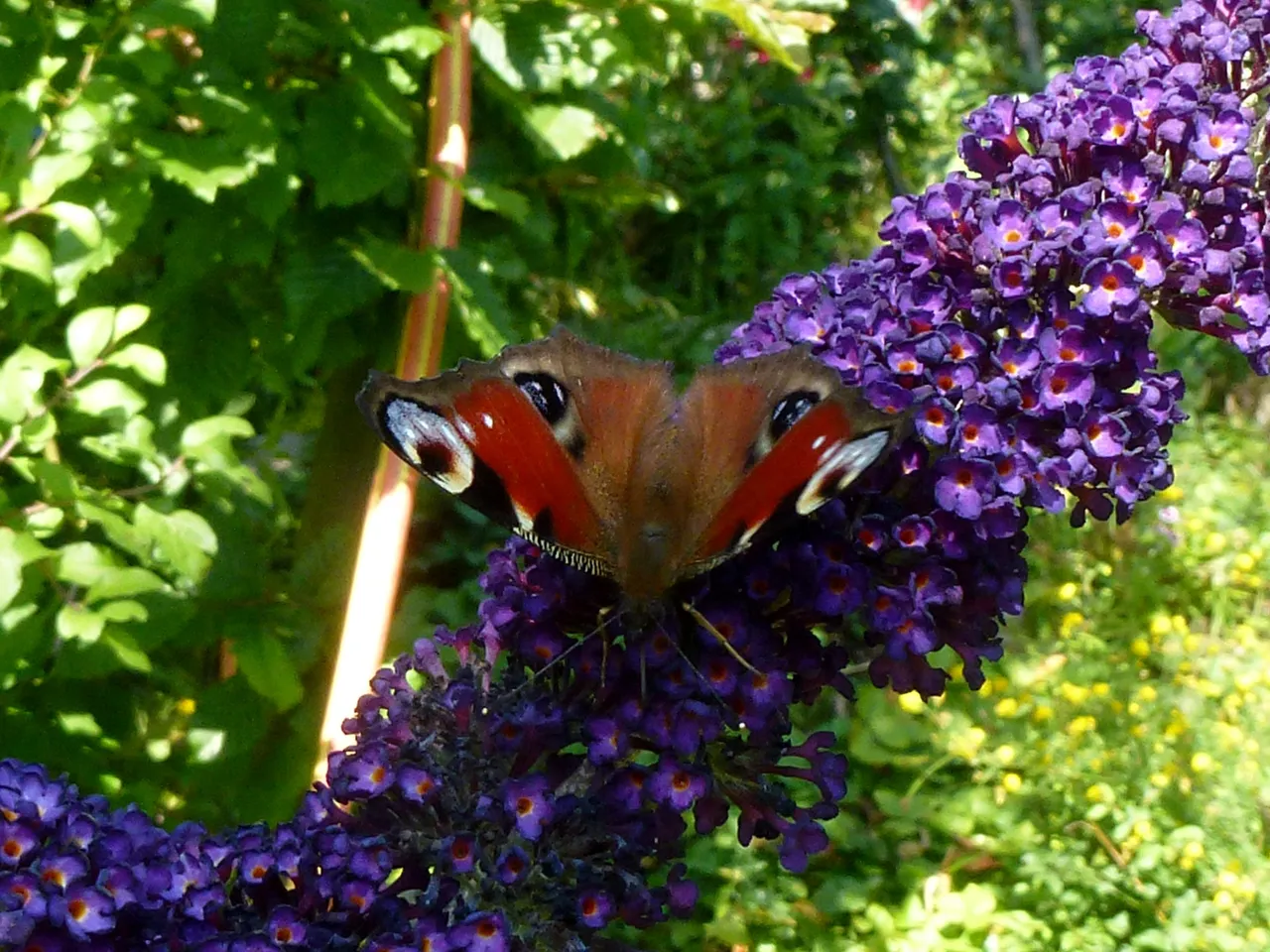Hello everyone!
It's not just me waiting for the first warm spring rays of sunshine, but also the butterflies (Lepidoptera) in different colours, shapes and sizes. They are called admiral, peacock butterfly, little tortoiseshell, brimstone or painted lady. From a biological point of view, butterflies are insects and, after beetles, are the second richest insect order. Nevertheless, 50% of all butterfly species in Germany are endangered, 2% are already extinct or missing.
Butterflies come in a wide variety of shapes and colors. In colloquial language we often speak of butterflies and moths. However, these terms do not exist in the official classification, since some butterfly families contain both nocturnal and diurnal species.
Diurnal and nocturnal butterflies can be distinguished by a few characteristics. Butterflies are usually conspicuously colored and always have feelers with a club-like thickening at the end. Moths, on the other hand, are usually rather inconspicuous from the outside and their feelers are feather or comb-like.
The wings of the butterflies are probably the most important feature when it comes to identifying the species. But how does the striking coloring of the butterflies come about? Part of the coloring is caused by differently colored pigments. However, the coloring can also be caused by certain surface structures on the wings. The light is refracted differently on them, which our eyes then perceive as iridescent colors.
The largest butterfly in the world - with a wingspan of 25 to 30 cm - is the atlas moth, native to Southeast Asia. The smallest butterflies - with a wingspan of only 1.5 to 2 mm - are species of crested moths. In Germany, most butterflies have a wingspan of about 10 cm.
It depends on the right nose! The sensors can be constructed very differently. They can be filiform, clubbed or combed. With the feelers, the butterflies can smell, taste or perceive the temperature. Males usually have more pronounced feelers in order to be able to perceive the pheromones released by mating females from a great distance.
Butterflies have very specialized feeding mouthparts compared to other insects, which are designed differently depending on the food they prefer. Most species have two flexible half-tubes that they can use to form a suction tube for feeding. The length of the proboscis depends on which flowers the butterflies have adapted to for sucking nectar. When the proboscis is not in use, it is rolled up under the moth's head.
But there are also butterflies that have no mouthparts at all. Still other species have biting mouthparts, the mandibles, instead of a trunk. With them, the moths can chew and eat pollen.
Before we admire them as colorful butterflies, the animals have already gone through a complicated development from the egg to the caterpillar and pupa stages. After this metamorphosis from a rather inconspicuous caterpillar into a dreamlike moth, most butterflies only live for a few weeks. They fly with the first flowering plants in spring and die when it gradually gets colder in autumn. A few species survive the winter as moths. They include the Lesser Tortoiseshell, the Peacock Butterfly and the Brimstone Butterfly. They hide in hollow trees, corners of tool sheds or similarly well-shielded hiding places and remain there completely motionless during the cold season. The brimstone butterfly is the best survivor among the butterflies: it has a kind of antifreeze in its blood and can therefore survive temperatures as low as minus 20 degrees.
The maple leaf (Araschnia levana) is butterfly of the year 2007. It was selected, among other things, because of its special way of changing colour: it is the only native butterfly that changes color from generation to generation.
The drawing on the underside of its wings resembles a map, hence the name.
From mid-April, the spring maplets hatch and can then be found sucking nectar, mostly on forest edges, in damp forests, meadows, park landscapes and gardens on sloe or hawthorn bushes. The animals of the summer generation can be seen from August on hogweed, cow parsley or wild carrots. The females of both generations lay eight to ten green eggs in the form of small egg towers on partially shaded stinging nettles. Black caterpillars hatch from the eggs, which have numerous dark thorns.

The forest board game (Pararge aegeria)
As the name suggests, the forest board game prefers forests as a habitat. It can be observed particularly in light and warm forests and seeks out areas where it can sit in the sun with spread wings.
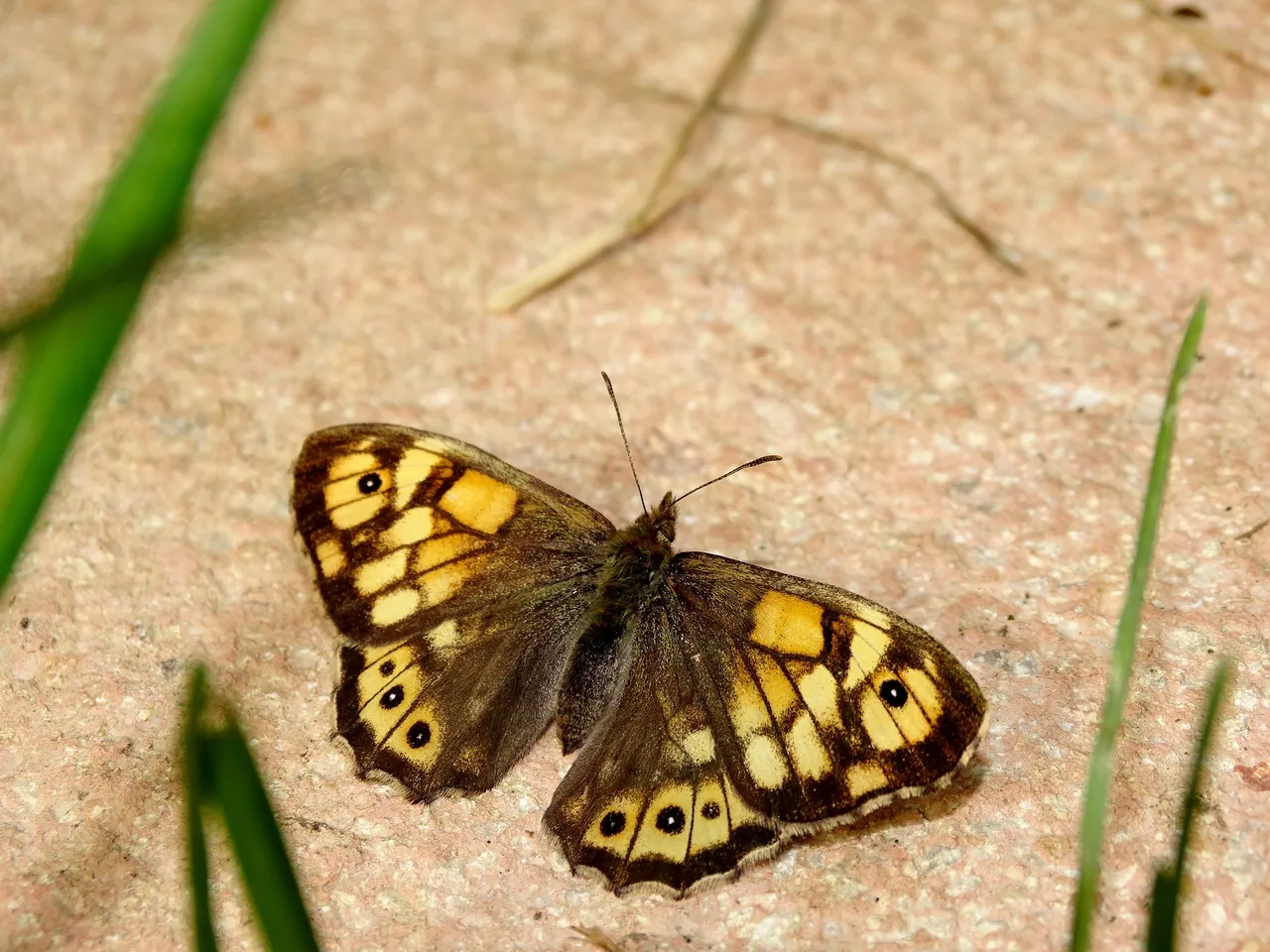
Mallow Dice Moth (Pyrgus malvae)
The Mallow Dice Butterfly is a butterfly and belongs to the Skipper family. The wings are black-grey with cube-like white spots. The underside of the wings is slightly lighter. When the mallow dice butterfly spreads its wings, it is 18 to 22 millimeters from wing tip to wing tip.Where does the mallow dice butterfly live?The mallow dice butterfly is found in Europe (except the far north), North Africa and parts of Asia. There it inhabits grassy places, forest edges and clearings up to 2000 m altitude.
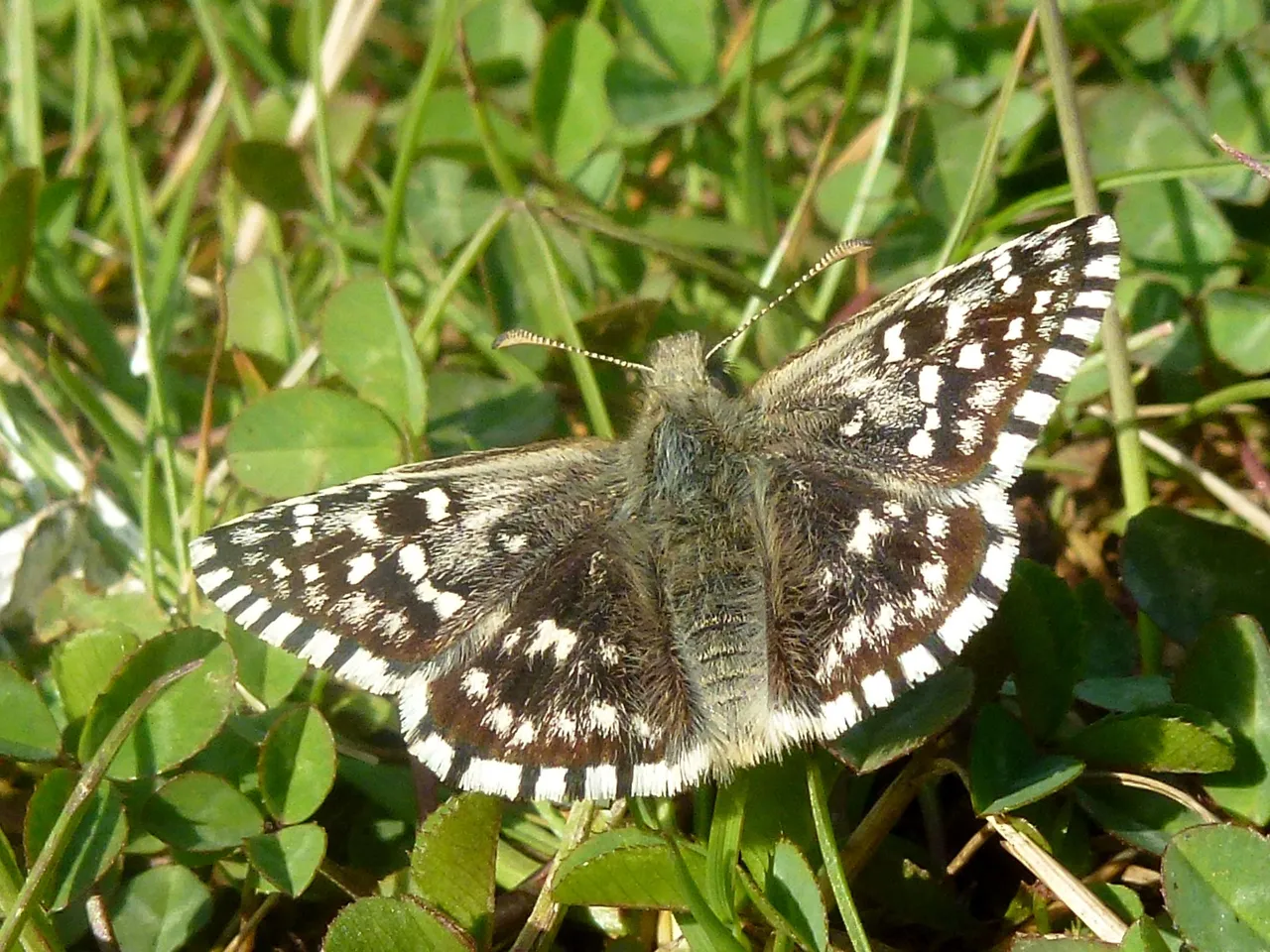
Toadflax fritillary (Melitaea deione)
Mark:
The moths are yellow-orange on the upper side with fine black markings. Females are paler on top.
There are several subspecies with different drawings. The subspecies berisalii is shown in the picture above.
Size:
approx. 40 mm wingspan
Habitat:
Dry, bushy areas.
Development:
The moths usually fly in two generations from May to June and from August to September.
Food plants of the caterpillars:
Toadflax (Linaria) and others.
Distribution:
Southwest Europe, southern Central Europe (Switzerland), North Africa.
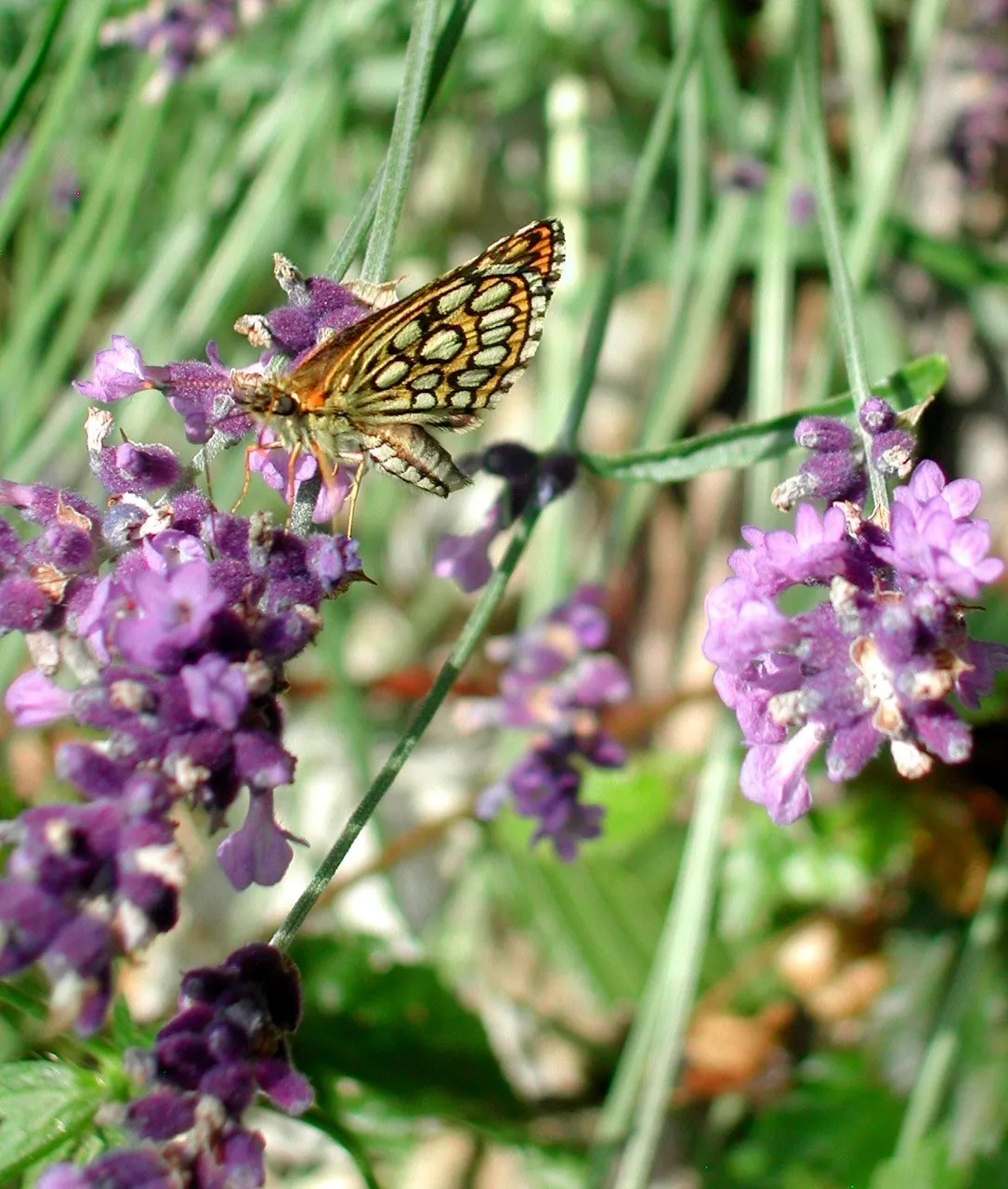
The Wall Fox (Lasiommata megera)
The wall fox has an orange-brown upper side of the wings. On top of this base color is a grid-like dark brown drawing. He particularly likes to stay in forest clearings, forest edges or meadows with many wild flowers.
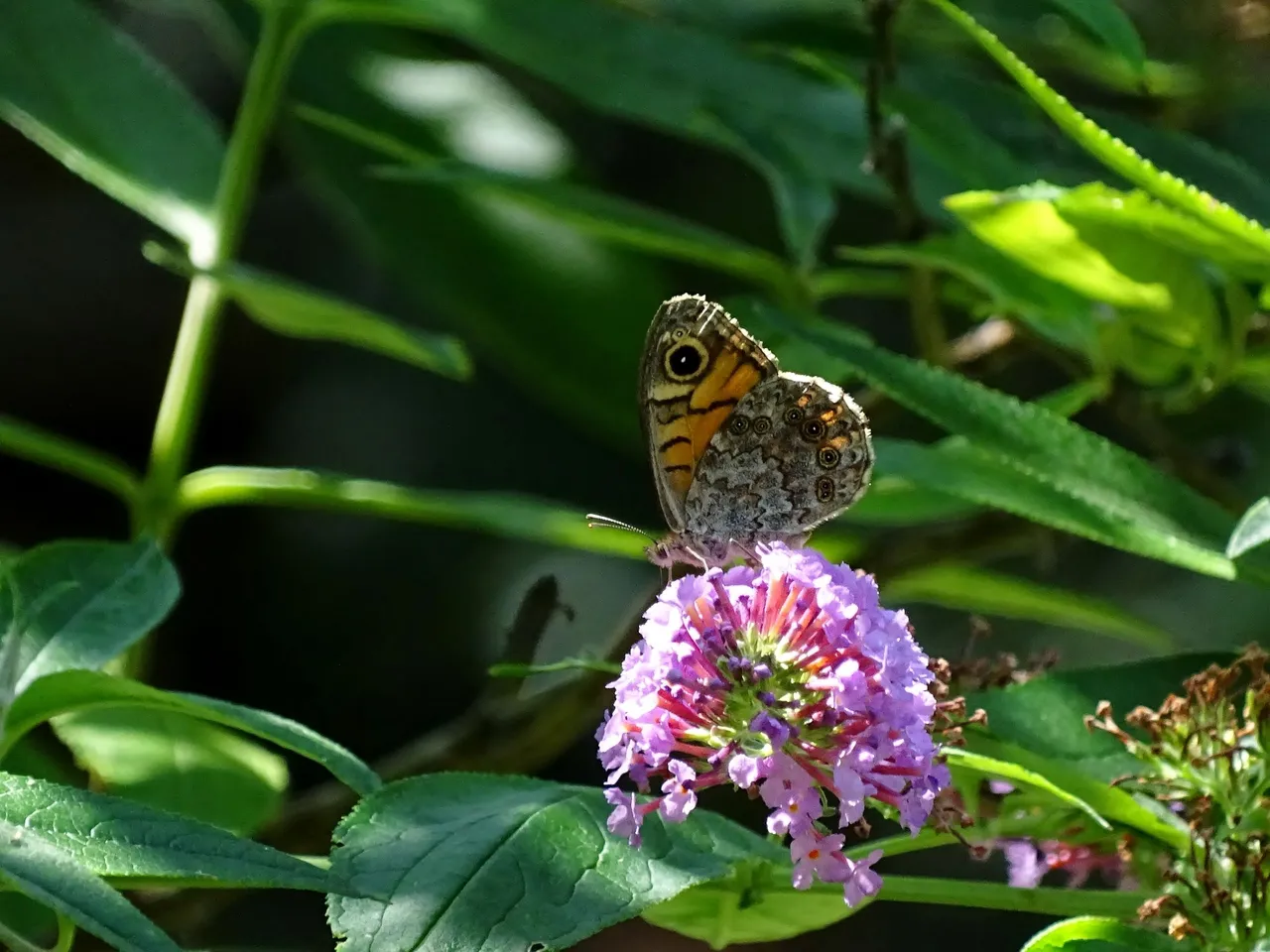
The C moth (Polygonia c-album)
The eponymous feature of this butterfly species is a distinct white "C" on the underside of the hind wings. This butterfly can be found on damp forest edges, but also in parks or gardens.
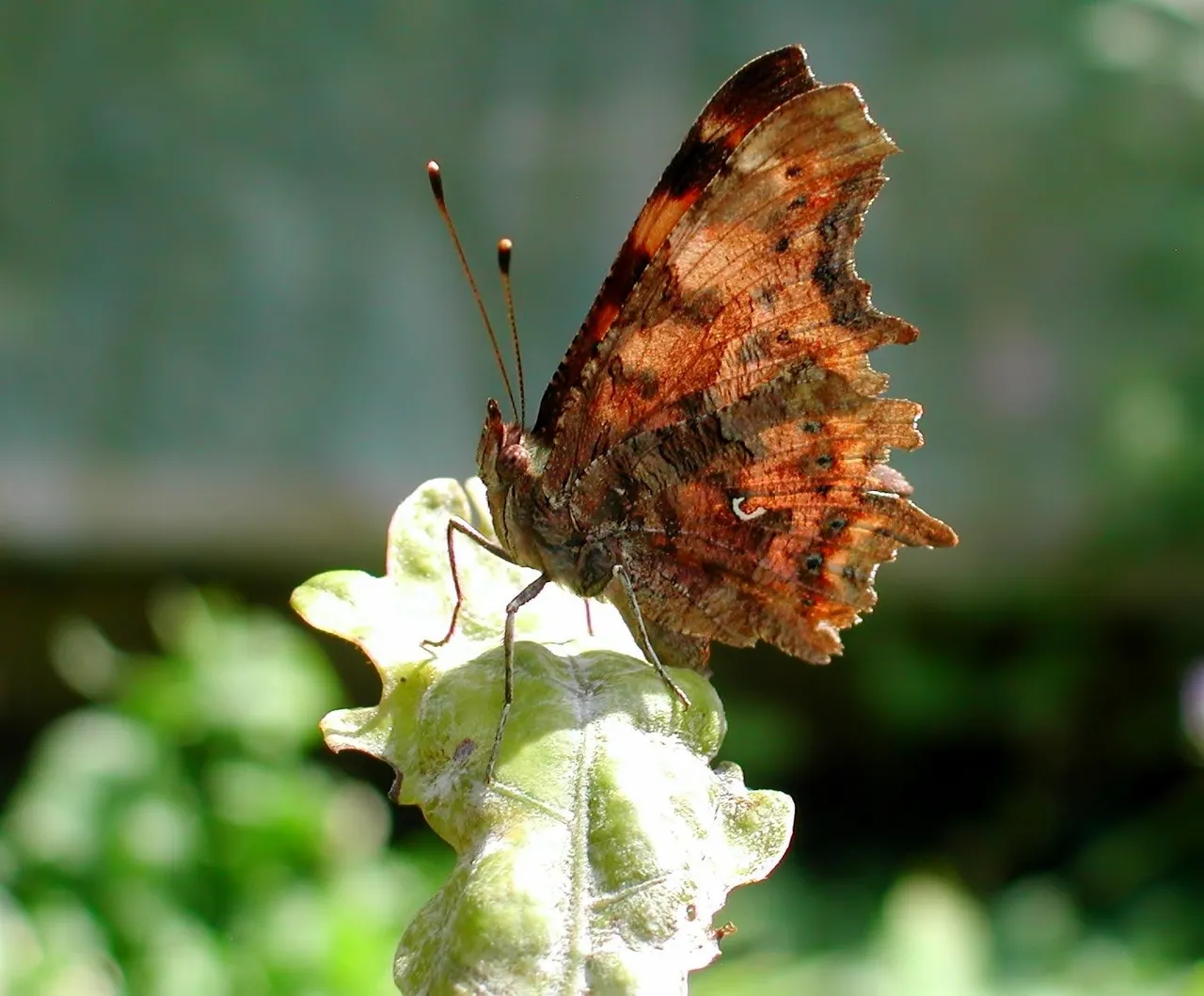
The Little Meadow Bird (Coenonympha pamphilus)
The Little Meadow Bird has brownish, ocher or brownish-orange wings. However, the moths usually rest with their wings folded, so you can usually only see the bright orange colored underside of the wings and the black eyespot with a white core.
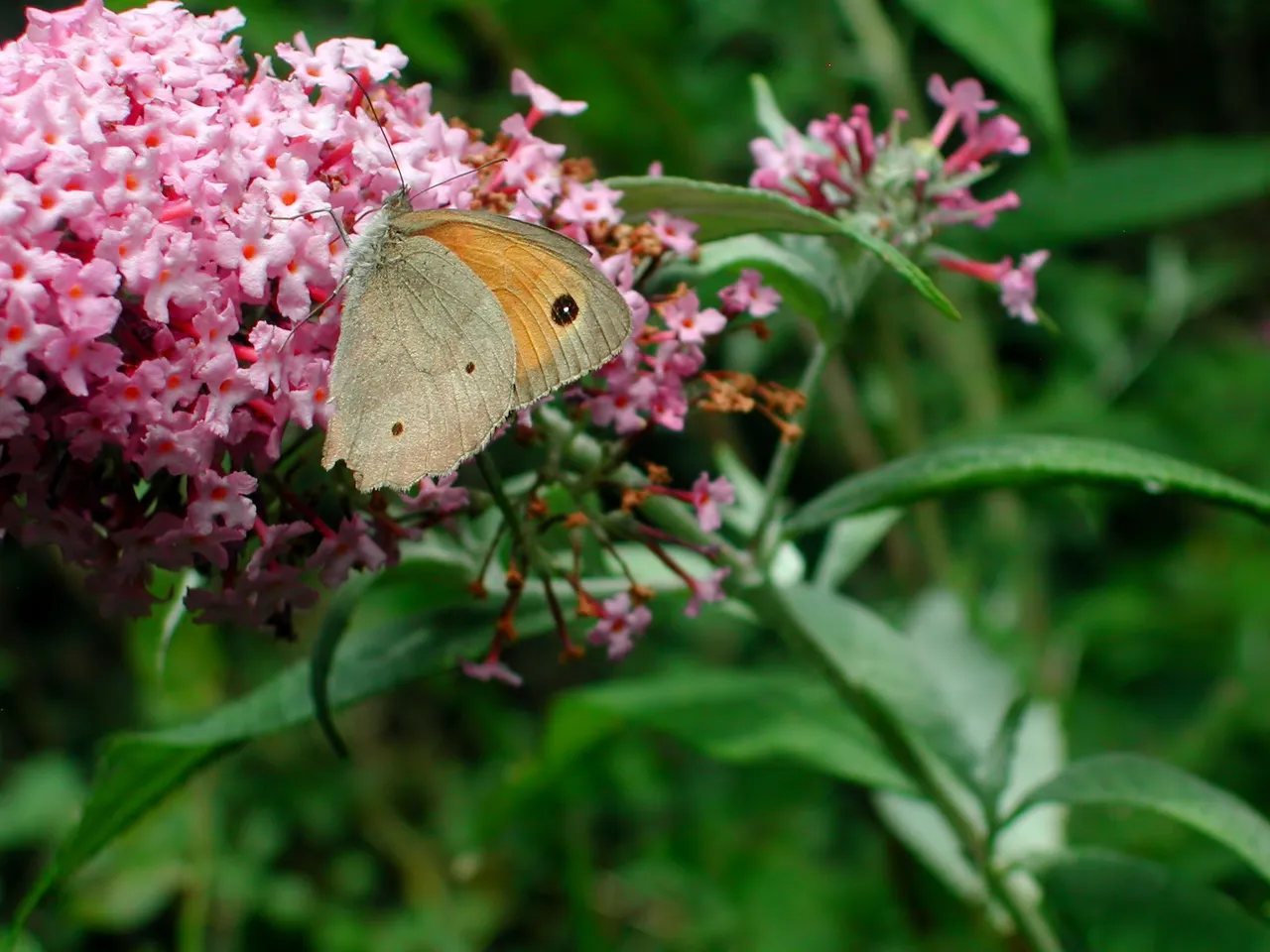
The Plum Hairstreak (Satyrium prunis)
The Plum Hairstreak likes to live in warm and wind-protected places. It mainly inhabits plum trees and sloe bushes or hedges. The moth owes the "tip" in its name to the small tail on its hind wings.
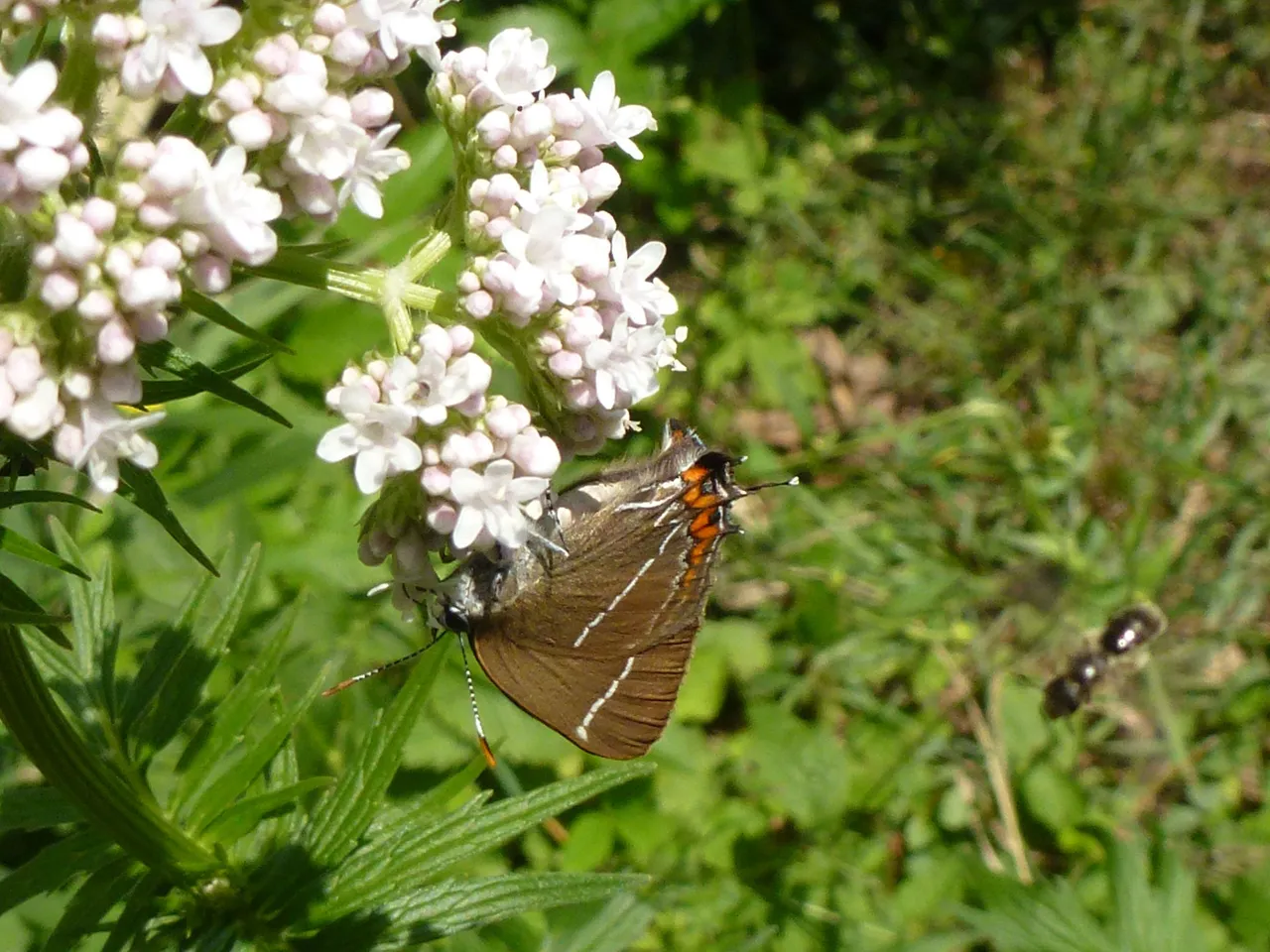
The peacock butterfly (Aglais io)
The conspicuous eyespots on the upper side of the fore and hind wings are characteristic of the peacock butterfly. The moth occurs in various habitats and can also be found in residential areas.
description
Peacocks have a rust-red base color on the upper side of their wings. Characteristic of this butterfly species are the conspicuous eyespots, there are one each on the upper side of the fore and hind wings and they are located near the wing tips. These eyespots are black, bluish, reddish and white to yellowish in color. The undersides of both pairs of wings are colored less vividly. A marbling of dark gray and black areas dominates here.
The caterpillars are black and have numerous fine white dots and black spines all over the body except the head. Older caterpillars have dark reddish-brown spots on their flanks, and their legs are reddish-brown.
Dimensions
Wing span 50 mm to 55 mm, caterpillar length maximum about 42 mm.
